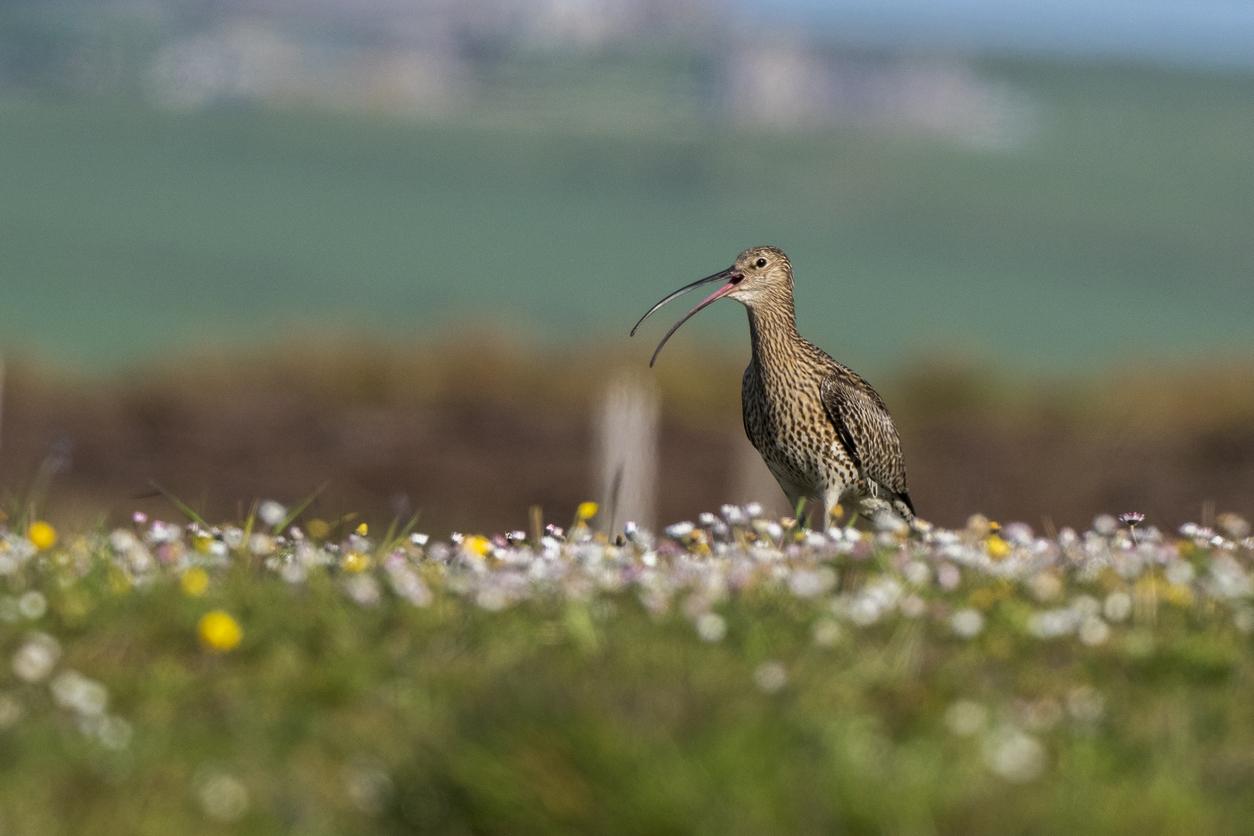Hedgehogs, otters, and curlews could all become more frequent sights in north Oxfordshire as work progresses on ambitious nature recovery plans.
Published: Wednesday, 8th October 2025

The Oxfordshire Local Nature Recovery Strategy (LNRS) is advancing through the democratic process, and on Tuesday, 7 October, it received the backing of Cherwell District Council’s executive.
The LNRS maps the areas of the county which present the greatest opportunities to recover and conserve biodiversity and sets out priorities and actions for nature recovery. It also lays out a plan to reconnect natural habitats and create a more resilient and joined-up ecological network.
Partnership work on the Oxfordshire LNRS has been underway since 2023, led by Oxfordshire County Council with Cherwell, Natural England and the county’s other district and city councils all supporting its creation.
Councillor Tom Beckett, Portfolio Holder for Greener Communities, said: “The UK is one of the most nature-depleted countries globally, with pressures on nature coming from agricultural practices, climate change and housing.
“It is an imperative to protect and restore nature, which occupies our flood plains, woodlands, hedgerows and nature reserves. These nature-rich spaces, as well as parks, trees and green spaces in our towns and housing developments, are vital for our district’s resilience and wellbeing.
“They help protect us against flood events by absorbing rainfall, shield us against extreme hot weather by shading and through natural release of cool water, whilst providing us with spaces to be restored, mentally and physically.
“The nature recovery strategy should be seen as not only a ‘nice to have’ but as vital natural infrastructure to protect and enhance the wellbeing of our communities.”
The LNRS will be used by teams across Cherwell District Council to inform the management of green spaces and other natural habitats.
It is a requirement of the Environment Act, which came into effect in 2021. Over 800 threatened and near-threatened species are expected to benefit from the large-scale habitat improvements identified in the LNRS.
As well as emphasising the value of animal and plant life, it also identifies the wider benefits of nature recovery to Oxfordshire. They include climate change adaptation, with increased biodiversity helping to reduce flooding, capture carbon, and offer shade.
Biodiversity measures could also enhance and protect the quality of the district’s air and water, with for example wetlands, woods and wildflower meadows buffering watercourses like the River Cherwell from pollution.

